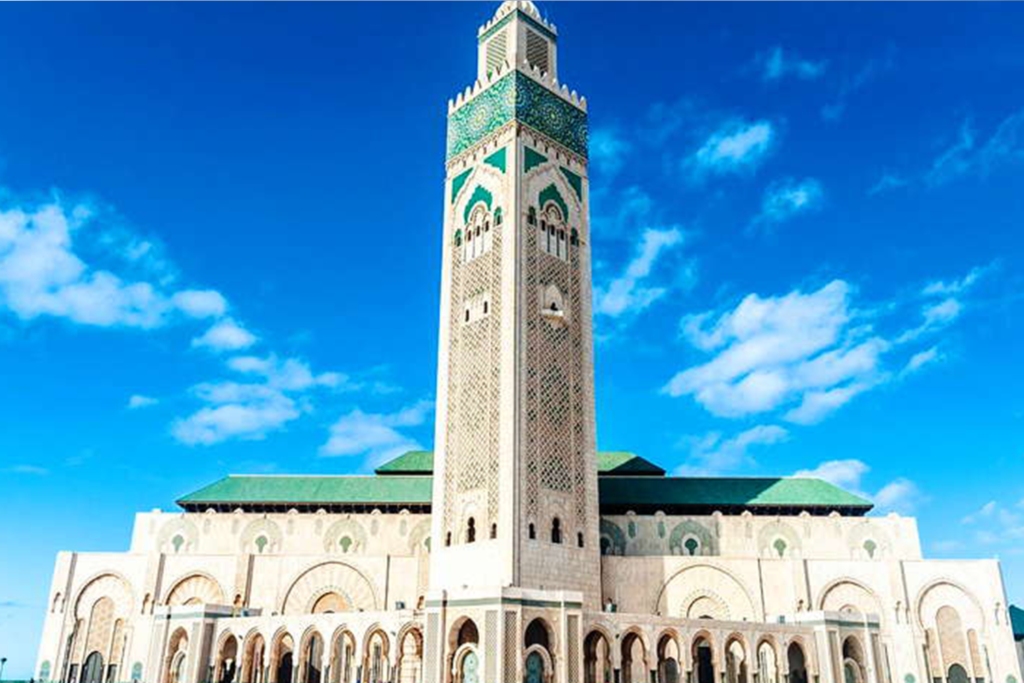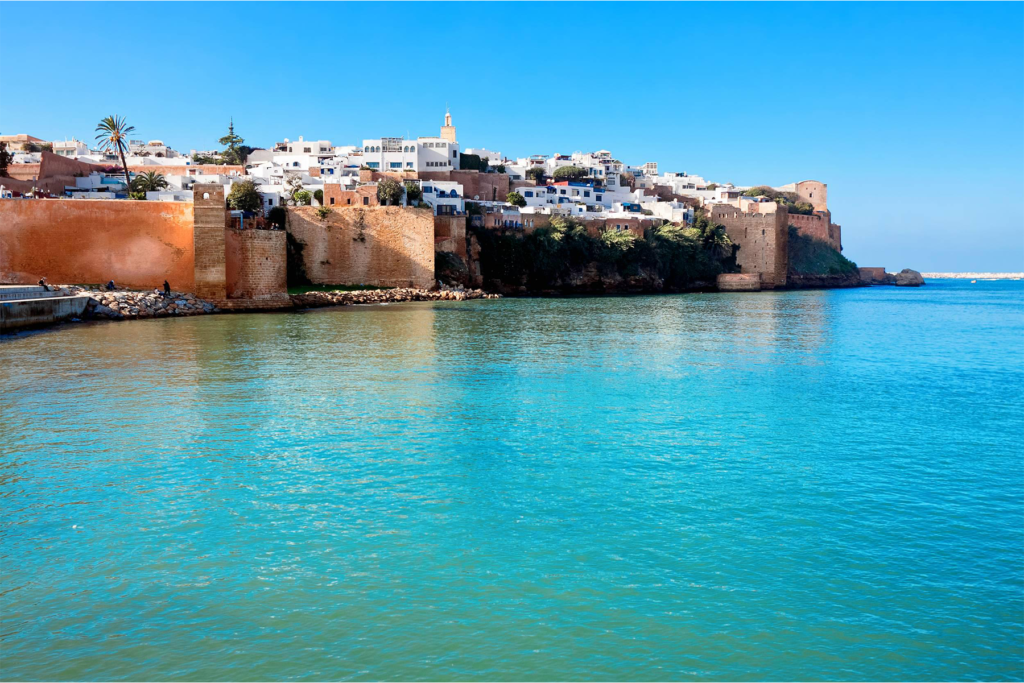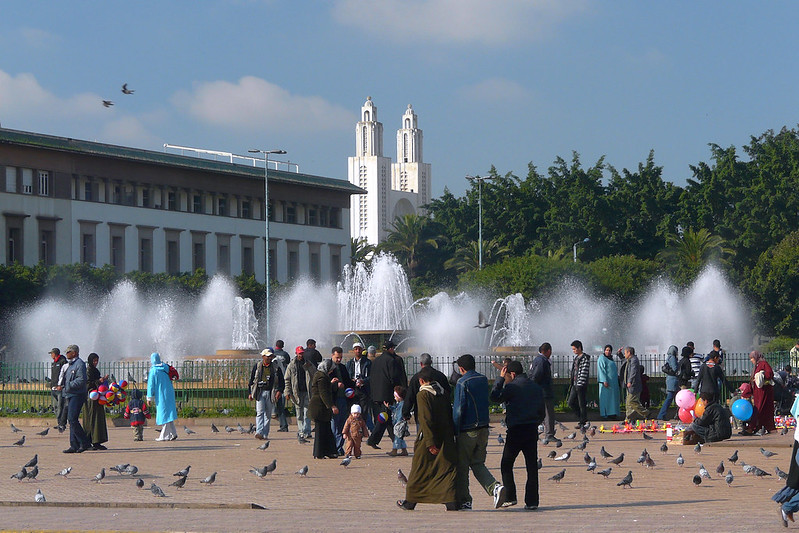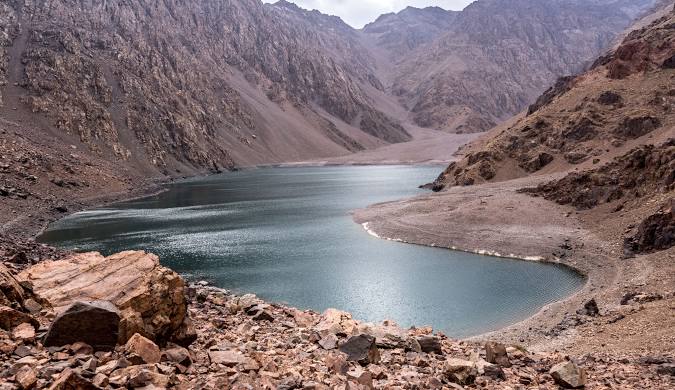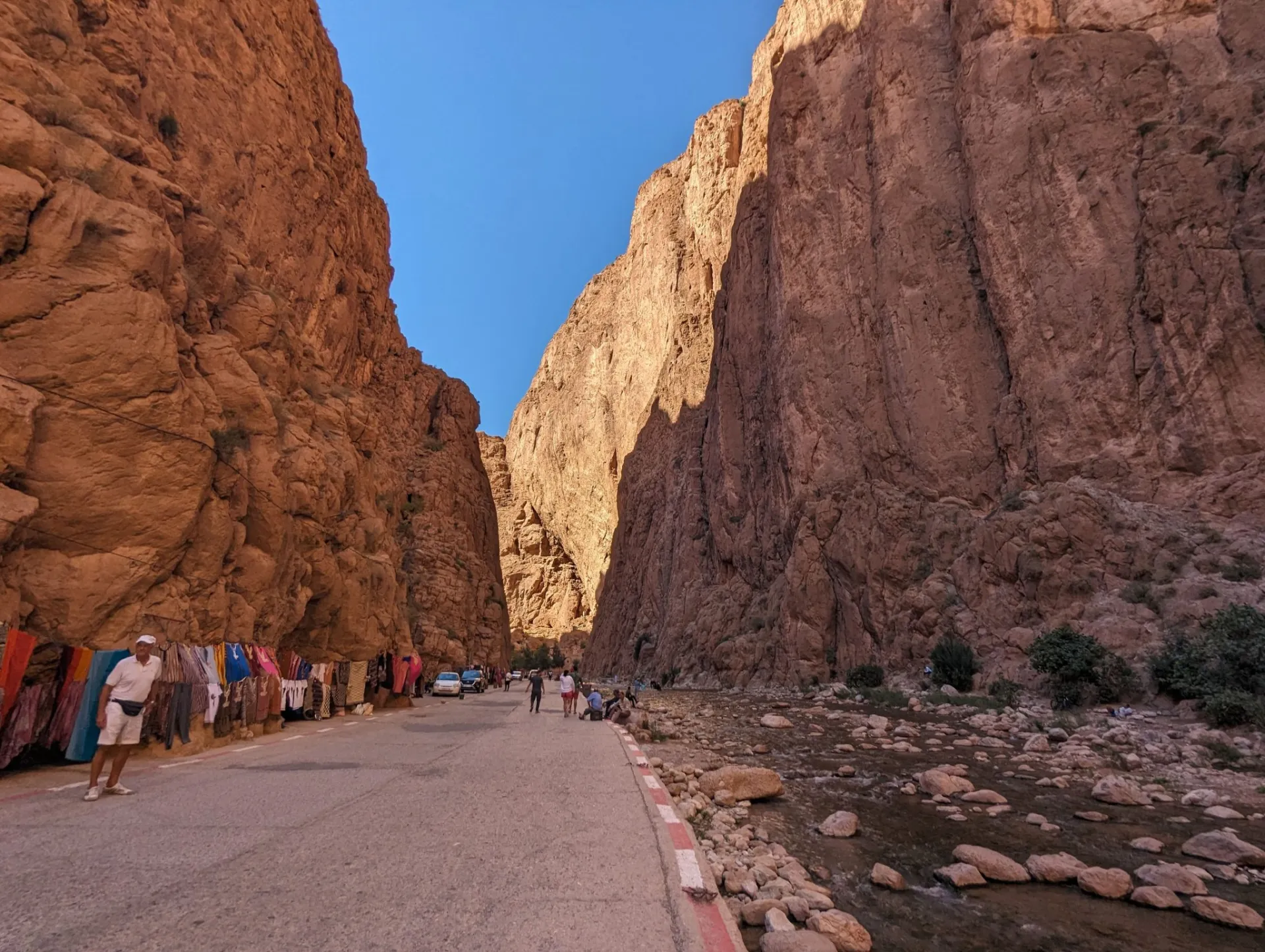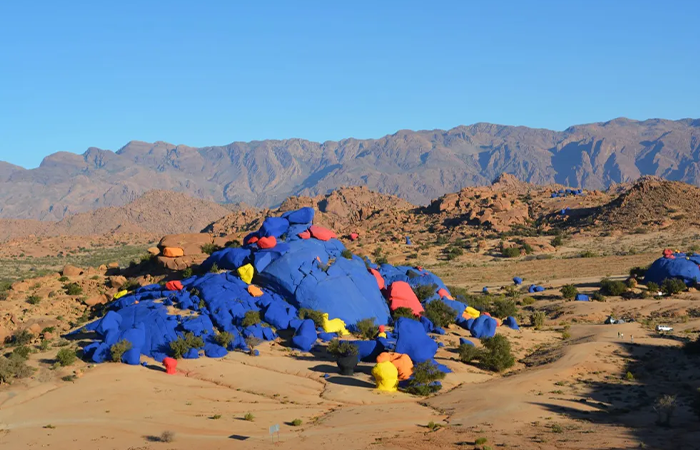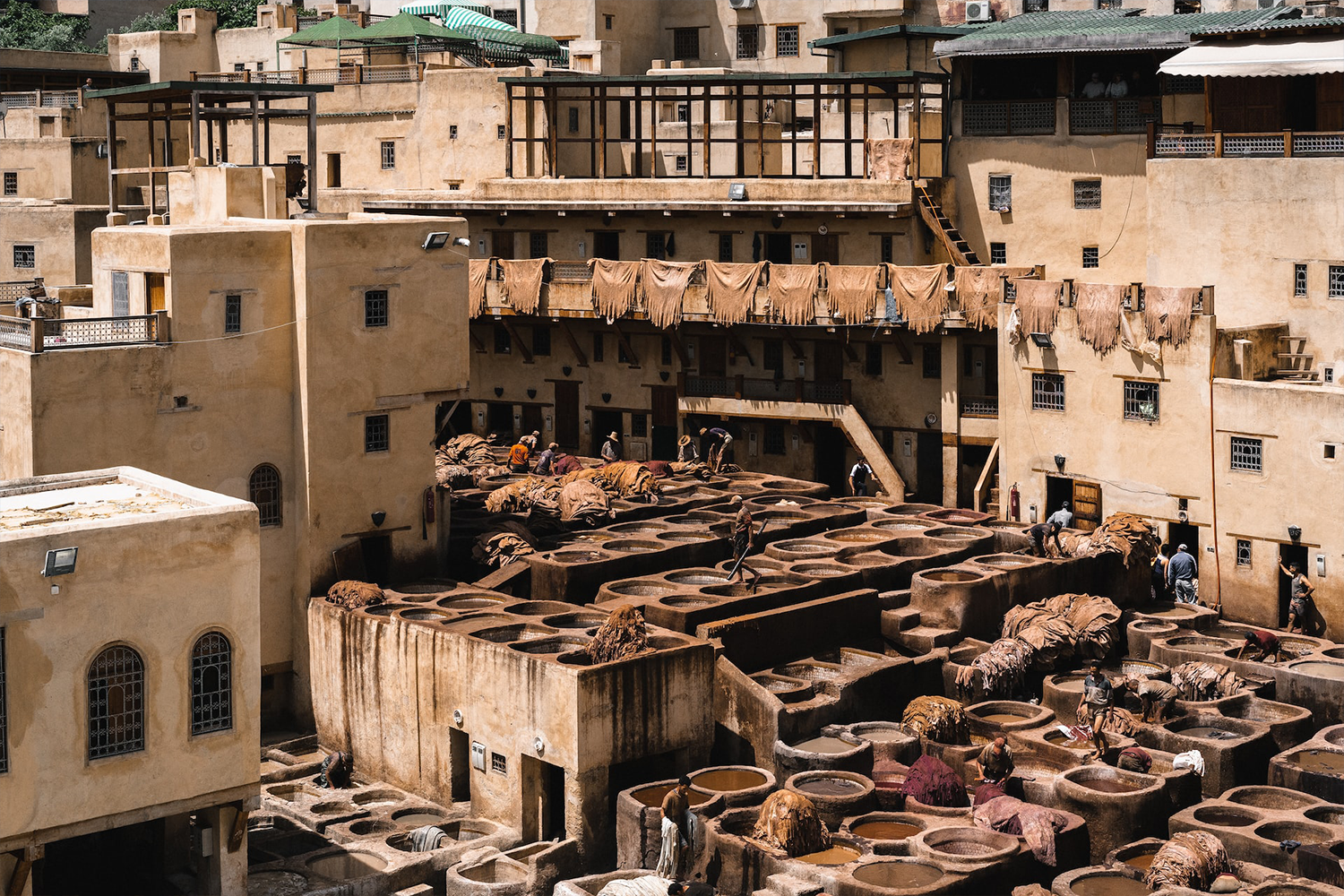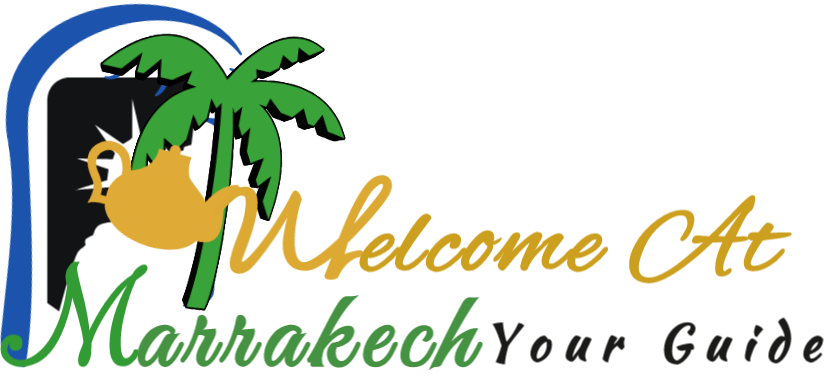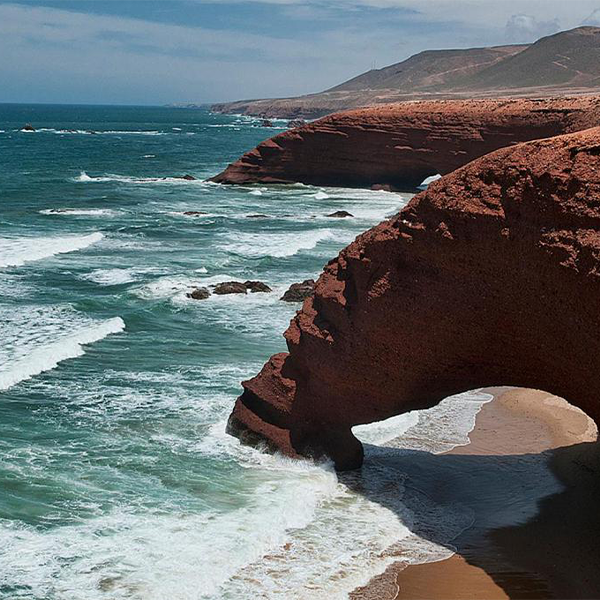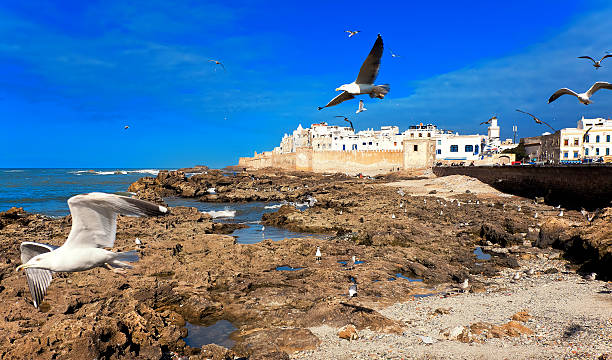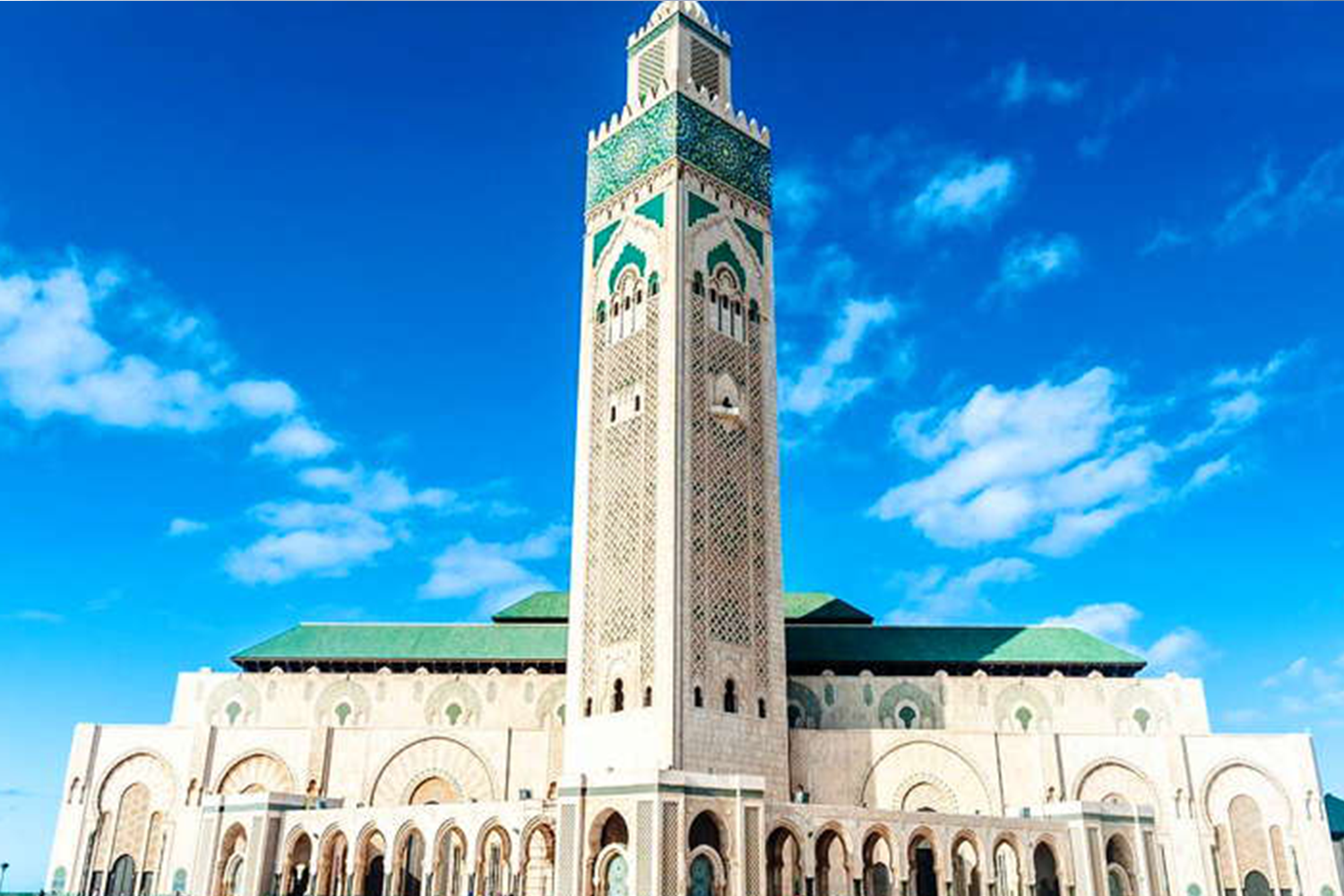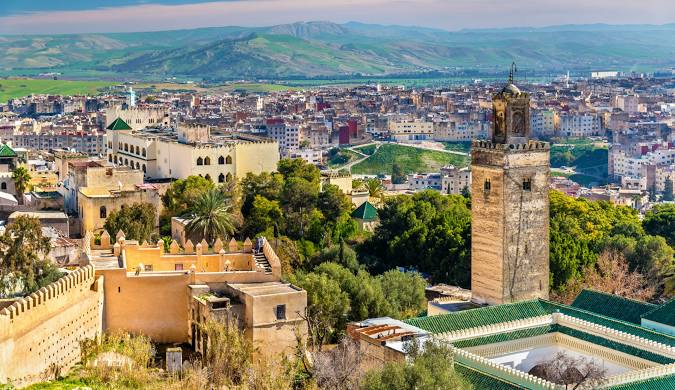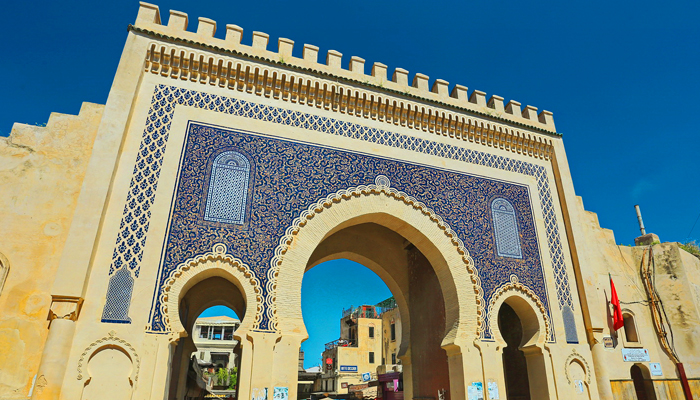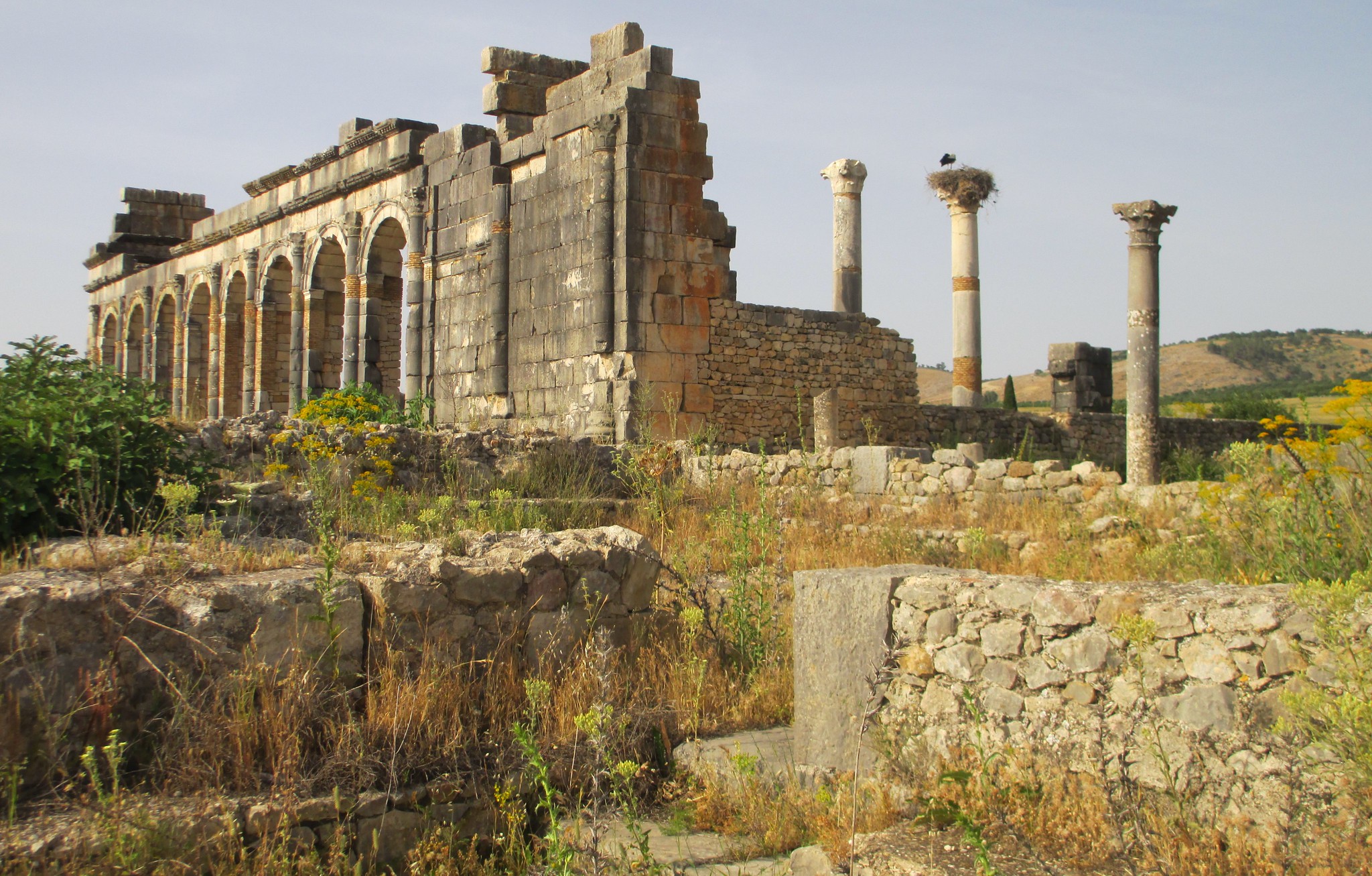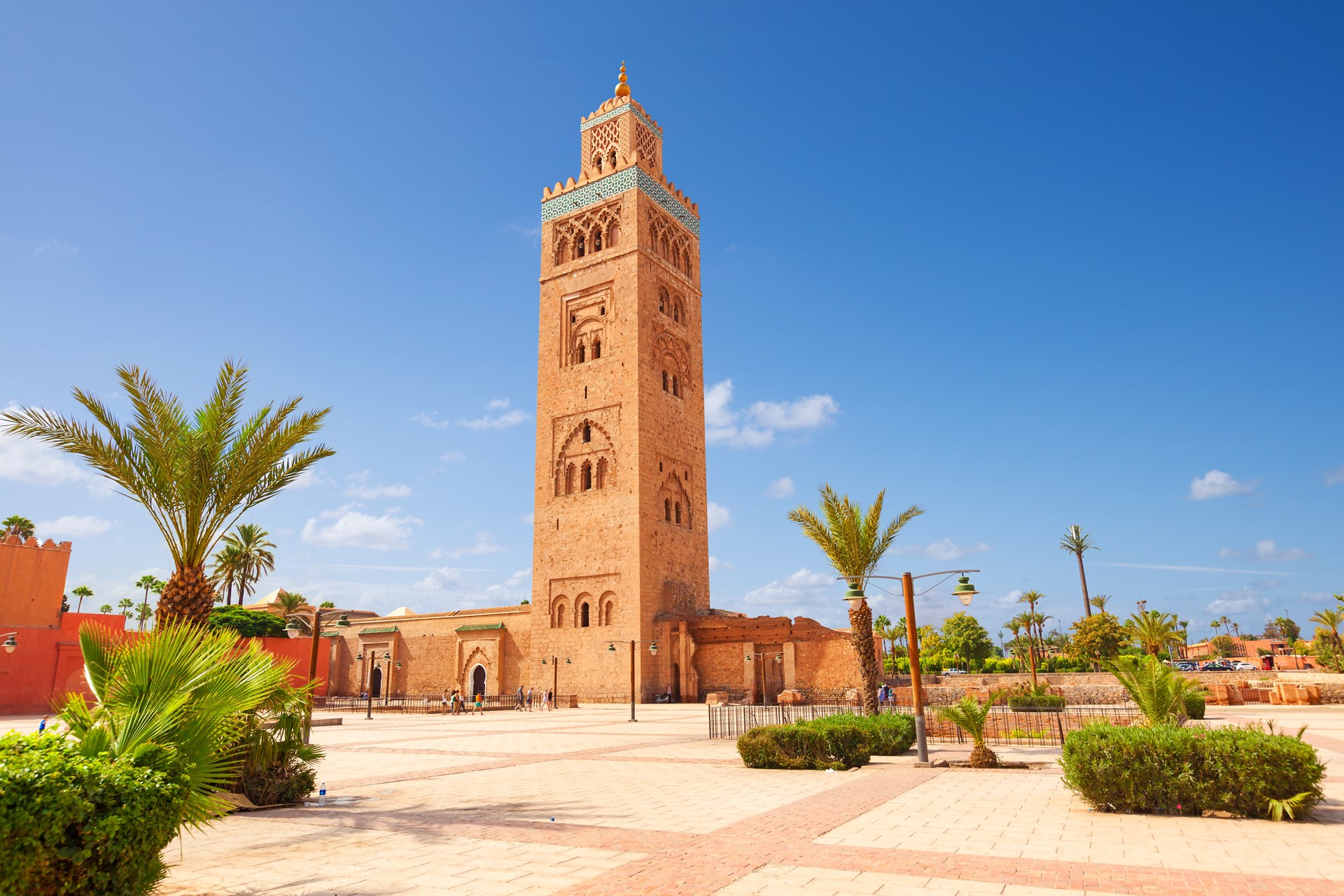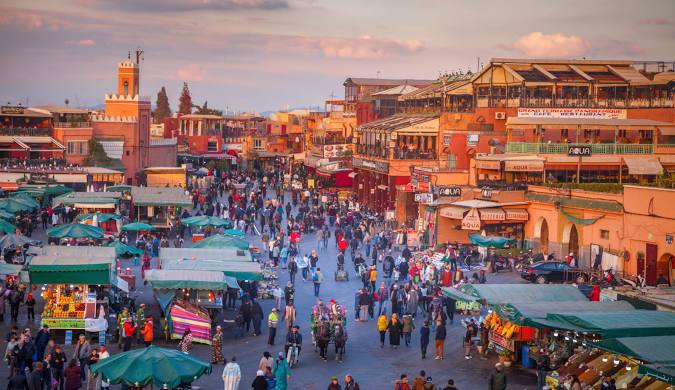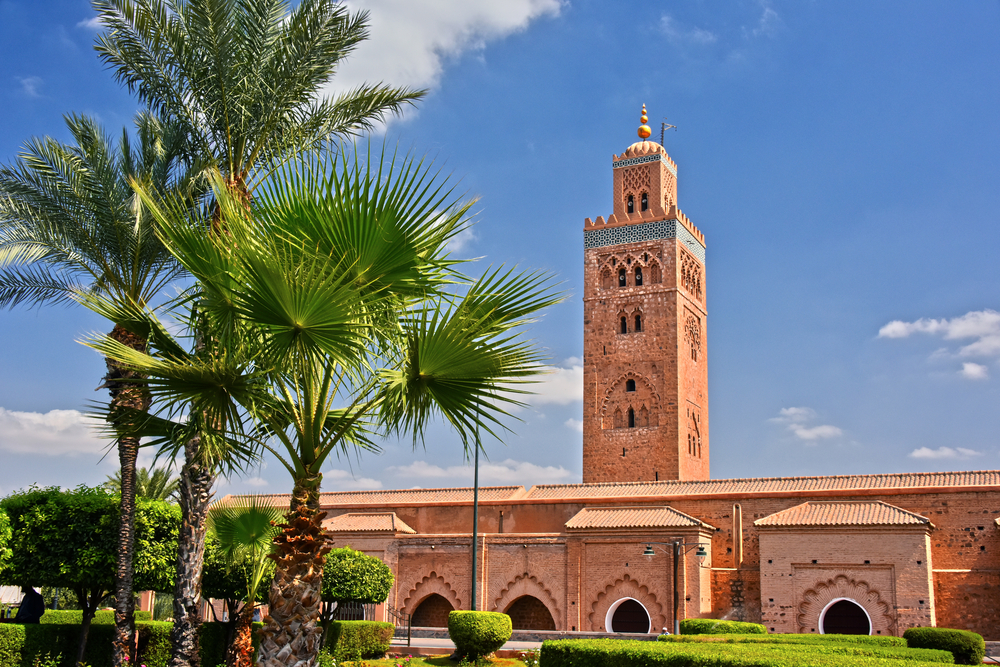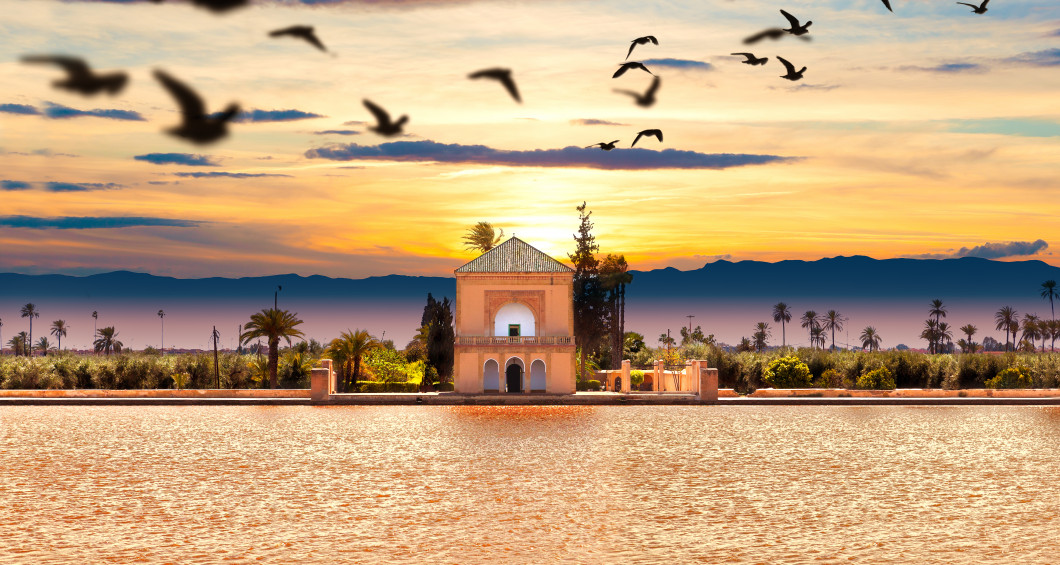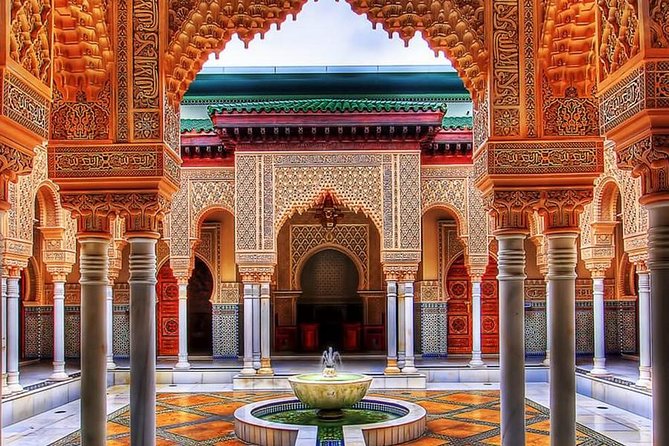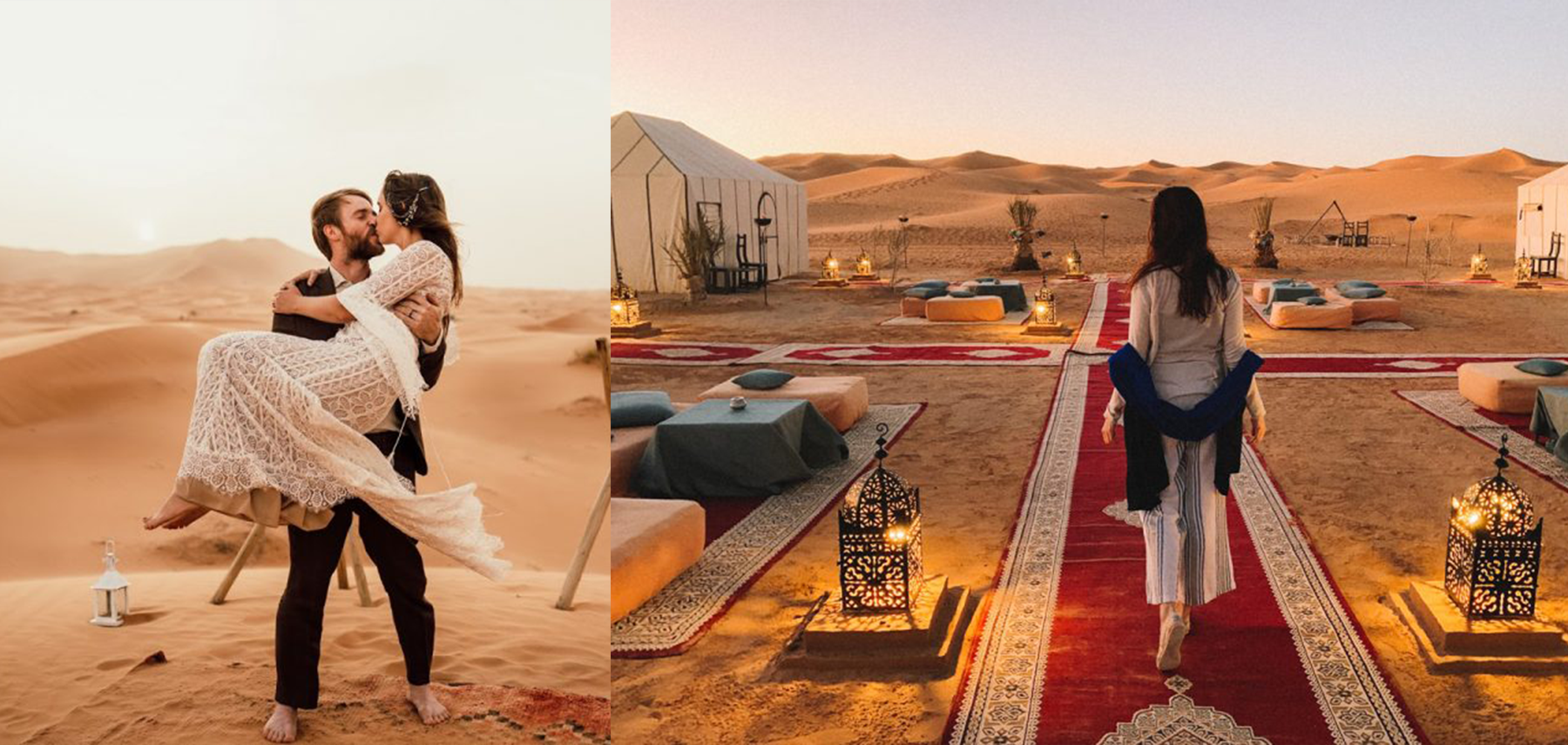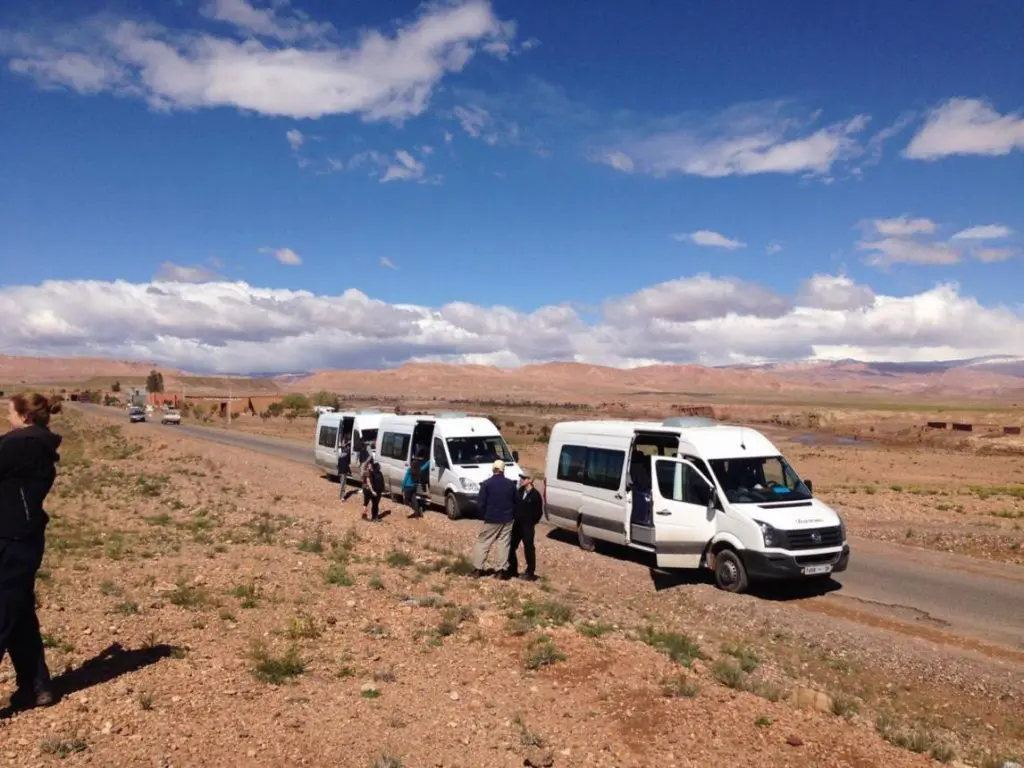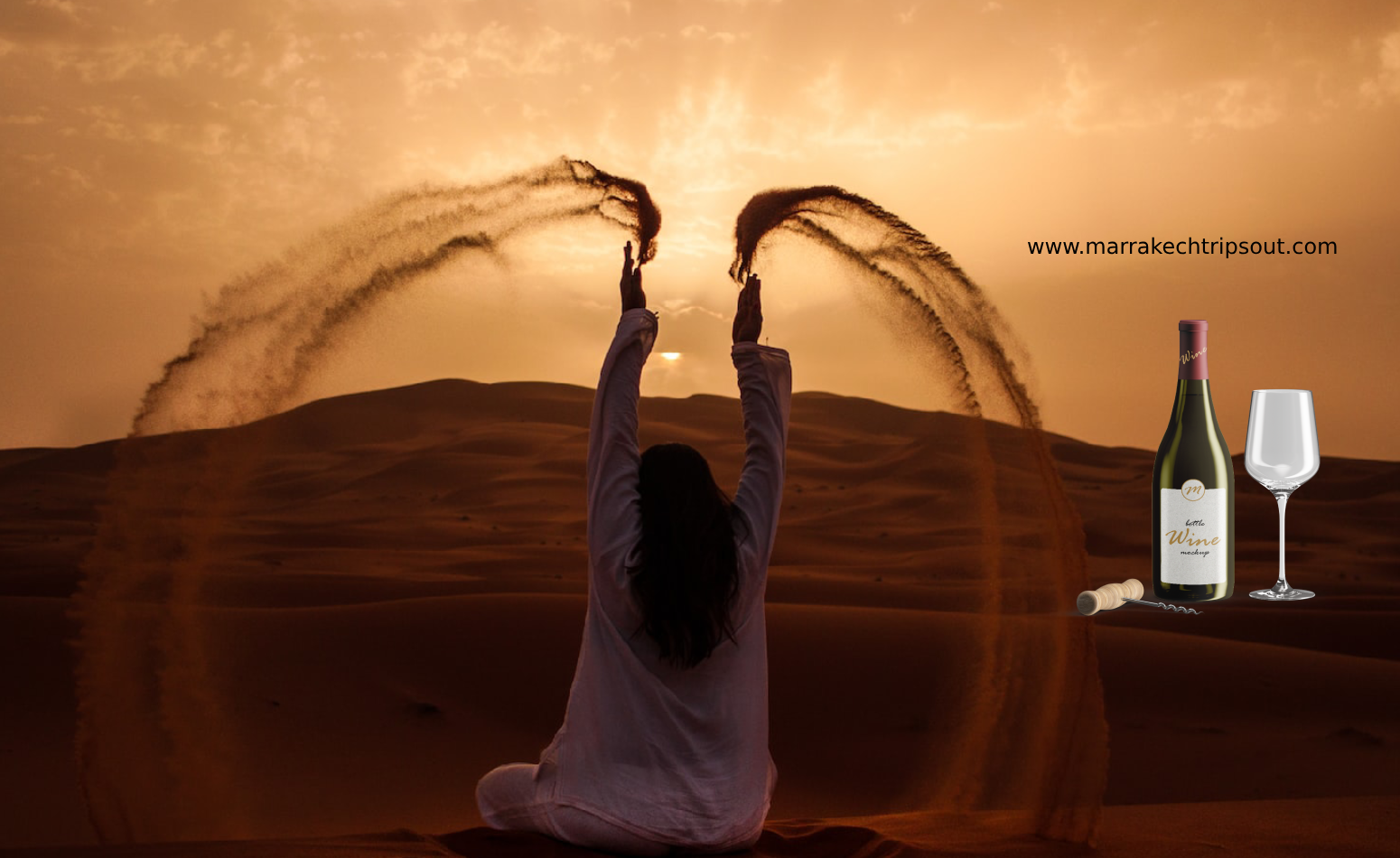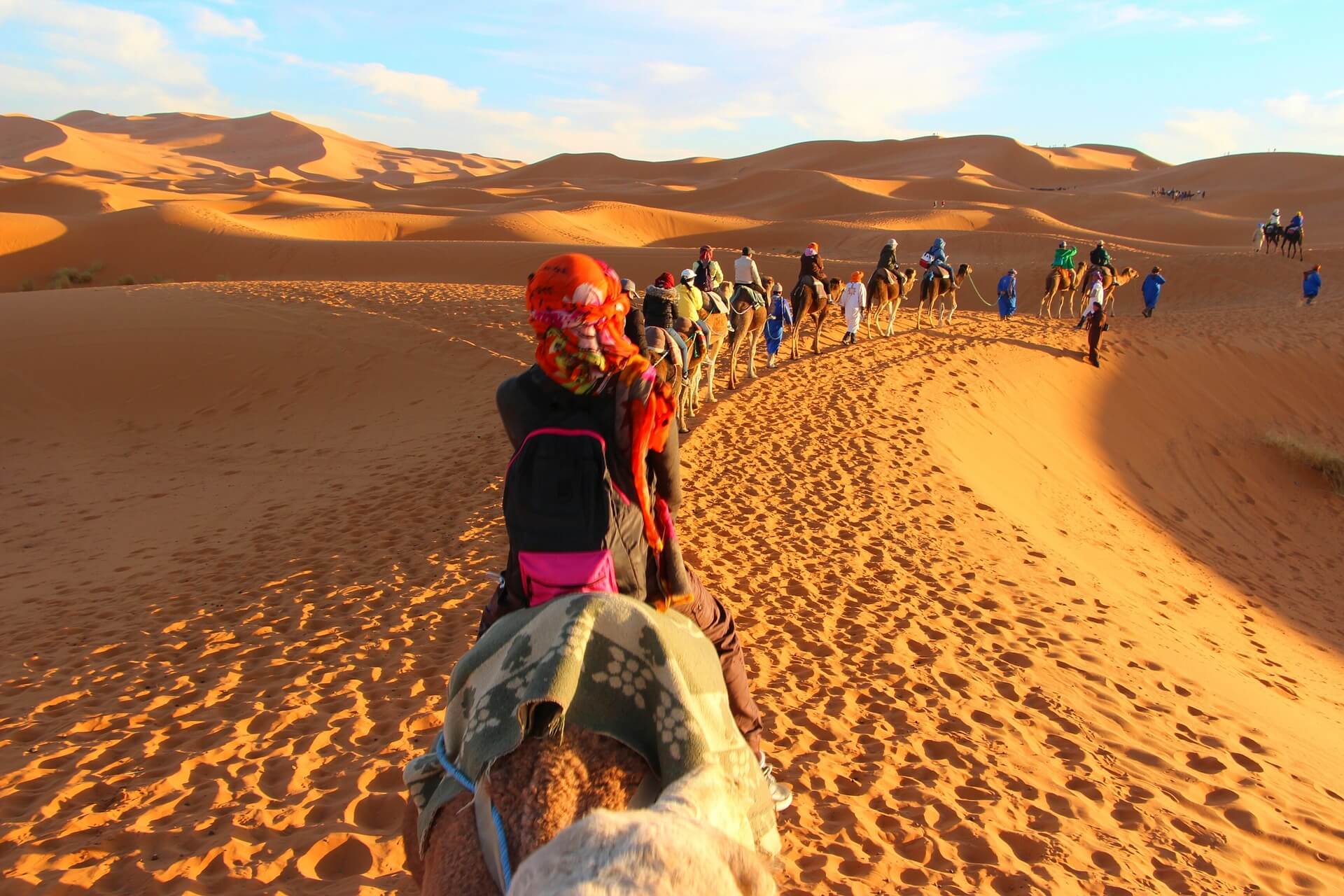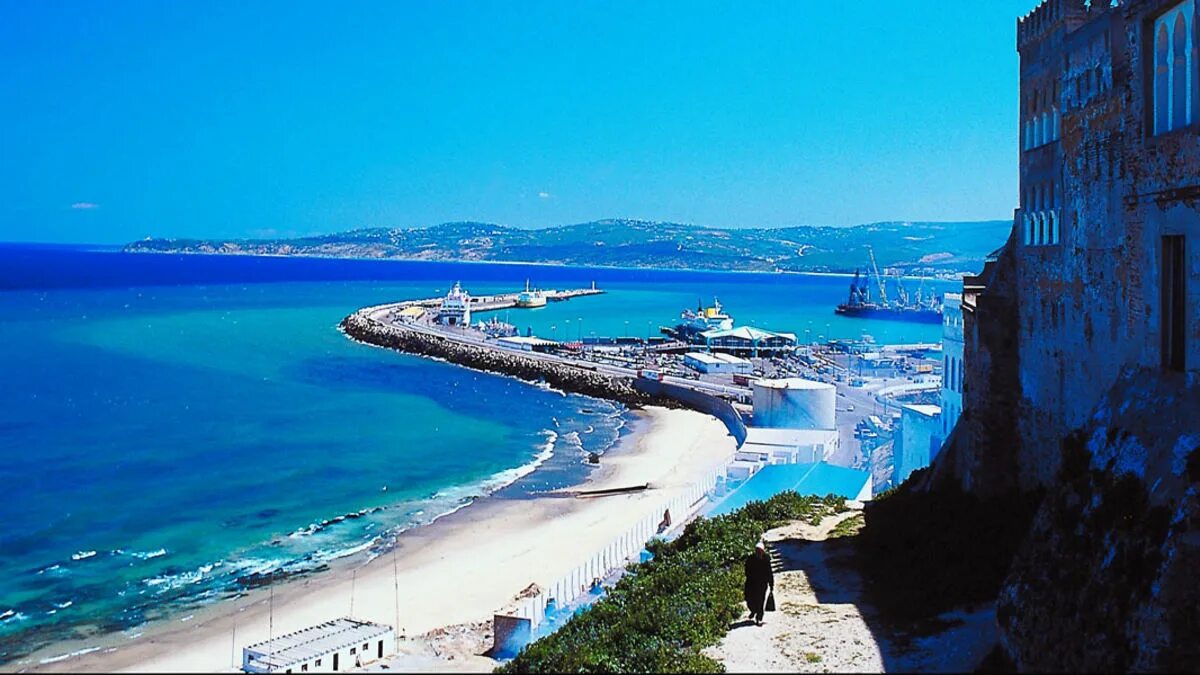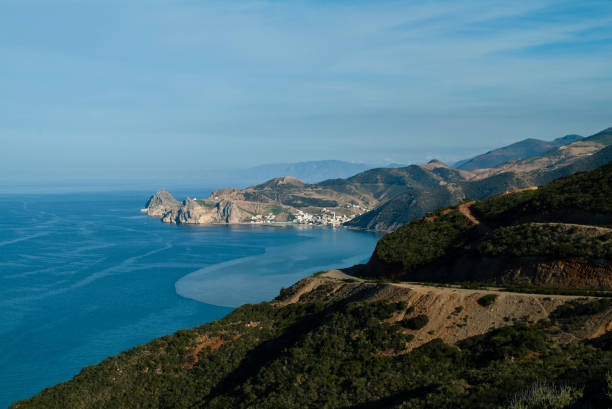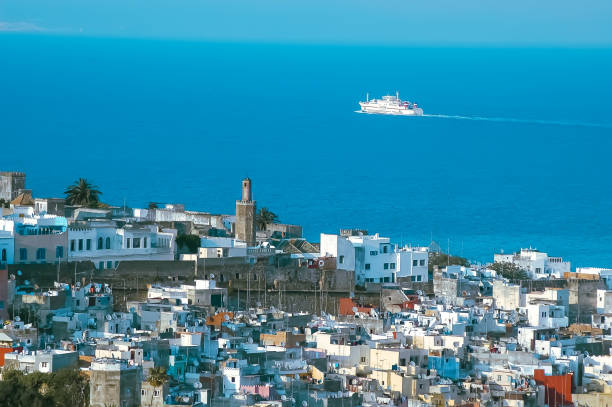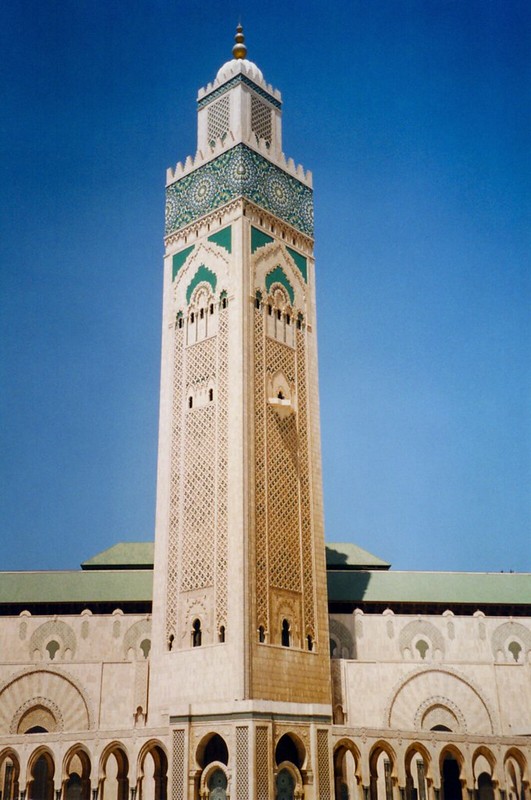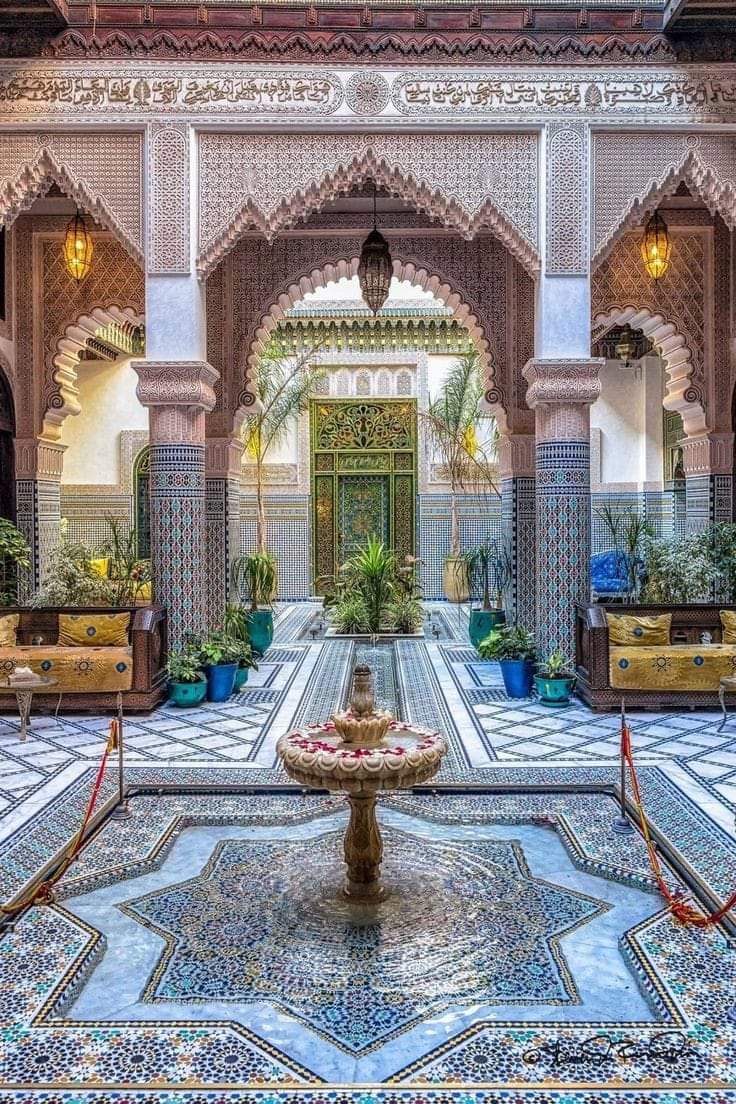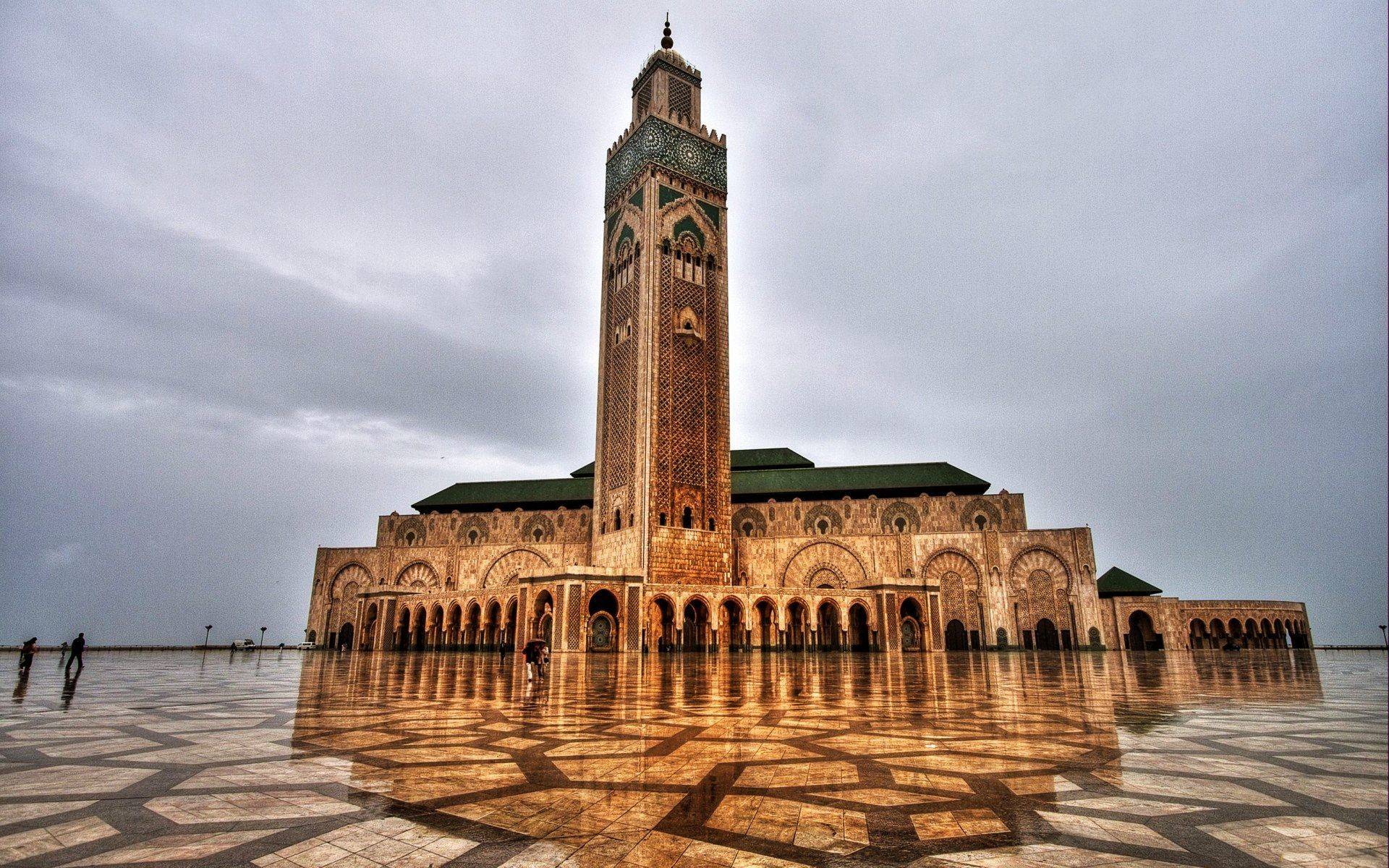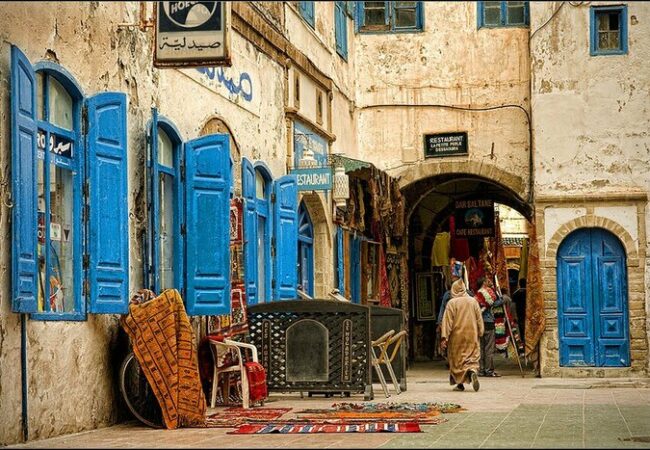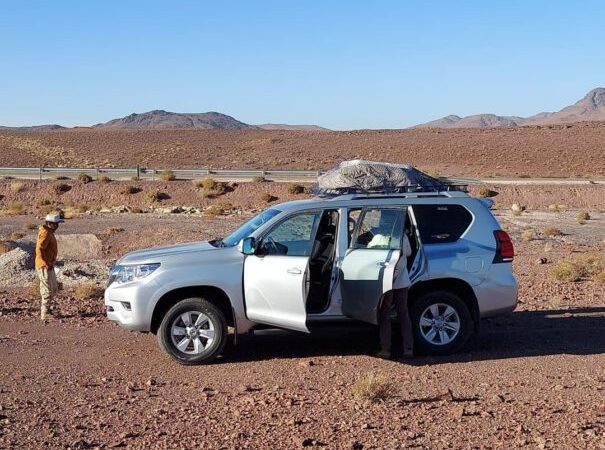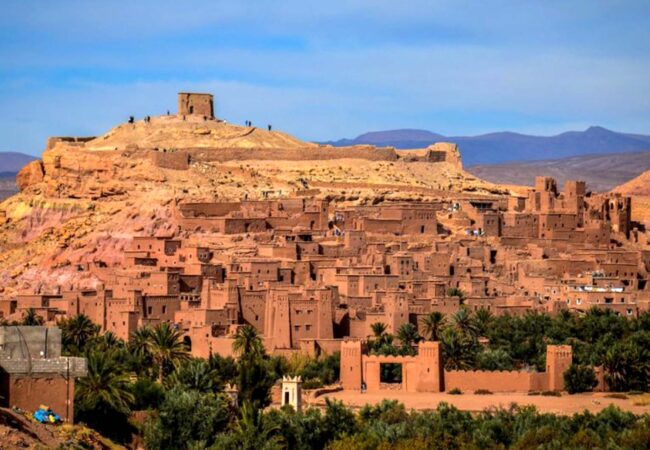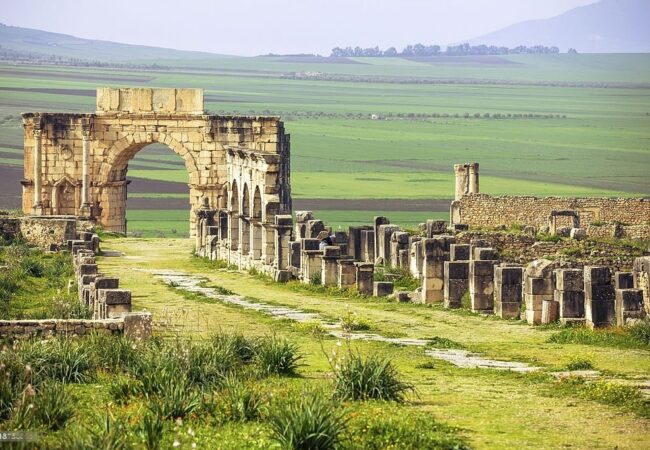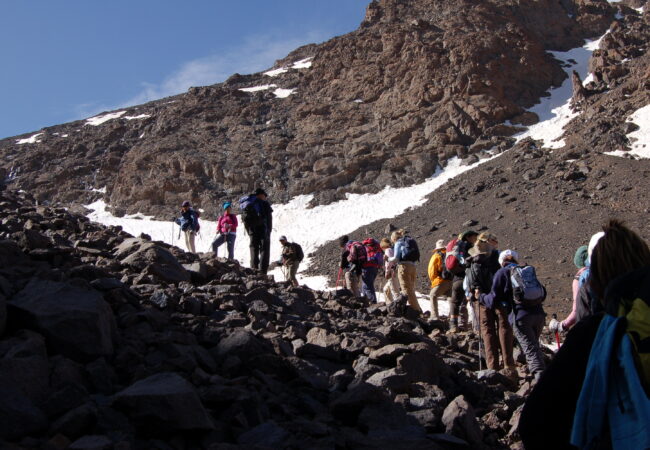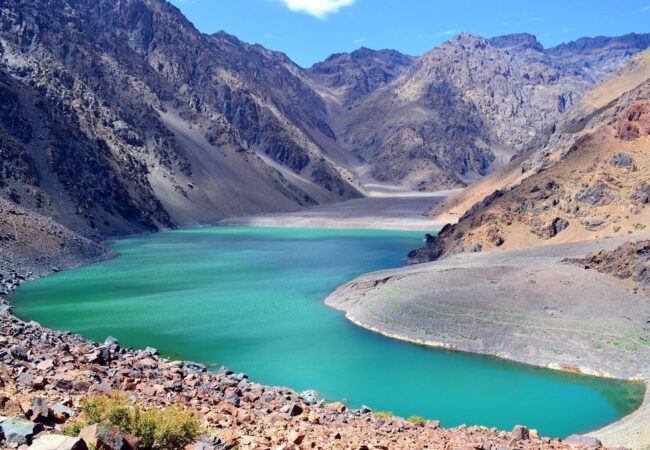Unlock 2 Amazing Days in Casablanca City: The Ultimate Guide
Casablanca City often gets a reputation as a mere transit point for travelers heading to Morocco’s more traditionally charming destinations like Marrakech or Fes. However, to truly understand Morocco’s multifaceted identity, a visit to Casablanca City is essential. As Morocco’s largest city and economic powerhouse, it offers a fascinating blend of the modern and the traditional, old and new, which is unique among Moroccan cities. This guide from “Marrakech Your Guide” aims to show you how to experience the best of this vibrant metropolis, whether you’re starting your “morocco vacation packages” here or passing through on your way from “marrakech to casablanca.”
Many visitors might wonder, “Is Casablanca worth visiting for just two days, or should I spend more time in other Moroccan cities?”. While it may not have the ancient medina sprawling like Fez or the immediate tourist-centric allure of Marrakech, Casablanca City thrives as a living, breathing Moroccan hub. It’s a city of ambition, art, and innovation, where you can witness Morocco’s present and future unfolding simultaneously.
Things to Do in Casablanca City: Iconic Landmarks and Cultural Immersion
If you’re asking about “things to do in casablanca,” you’ll find a rich itinerary awaiting you. In just 48 hours, you can experience its highlights.
The Magnificent Hassan II Mosque: Your visit to Casablanca City would be incomplete without seeing the Hassan II Mosque. This architectural masterpiece is one of the largest mosques in the world and stands majestically on a promontory overlooking the Atlantic Ocean. It’s one of the few mosques in Morocco open to non-Muslims, offering guided tours that provide detailed insights into its intricate mosaics, carved wood ceilings, and modern engineering. Guided tours are typically available several times a day, but it’s wise to check schedules in advance due to prayer times or religious events. Remember to wear respectful clothing, ensuring shoulders and knees are covered, as it is a religious site. [Image: Hassan II Mosque in Casablanca City]
Explore the Medinas: Old vs. New (Quartier Habous): For a taste of local life, explore both the Old Medina and the Quartier Habous (New Medina). The Old Medina in Casablanca City is more traditional, offering a glimpse into authentic daily life with vendors selling everything from spices and handicrafts to fresh produce. While not as vast as those in Fez or Marrakech, it’s a great place for souvenirs and experiencing local culture. The Quartier Habous, or New Medina, presents a unique blend of traditional Moroccan design with European influences, known for its whitewashed buildings, arched doorways, and markets selling artisanal crafts and traditional sweets. Don’t miss Bennis Habous for legendary pastries. [Image: Old Medina Street Scene in Casablanca City]
Stroll Along La Corniche: After the grandeur of the mosque, head to La Corniche, Casablanca’s famous waterfront boulevard. It’s ideal for a leisurely stroll by the Atlantic, lined with cafes and restaurants where you can enjoy the ocean breeze. Le Cabestan, a well-known cafe, offers panoramic ocean views. While the beaches here aren’t always ideal for swimming, the relaxed atmosphere and sea views make it a beautiful spot.
Nostalgia at Rick’s Café: Inspired by the classic movie Casablanca, Rick’s Café offers a fun and nostalgic experience. Even if you’re not a film buff, the elegant and cozy setting, often with live piano music, is perfect for relaxing with a drink or enjoying a meal featuring a mix of Moroccan and international dishes. Keep in mind, some visitors find it to be on the pricier side for food.
Modern Casablanca: Mohammed V Square, Arab League Park, and Villa des Arts: Day two of your Casablanca City adventure can focus on its modern side. Mohammed V Square is a lively hub surrounded by Art Deco architecture and important public buildings.
Nearby, you’ll find the Cathedral du Sacre Coeur, a striking example of Art Deco and Gothic Revival architecture with Moroccan influences. Directly adjacent is Arab League Park, a peaceful oasis perfect for a relaxing walk amidst palm-lined pathways and manicured gardens. Conclude your day at the Villa des Arts, a non-profit gallery showcasing contemporary Moroccan art in an Art Deco mansion, offering a tranquil cultural experience.
Planning Your Visit to Casablanca City: Essential Tips
Getting Around Casablanca City: Casablanca City is large, but getting around is manageable. Petit taxis are ideal for short distances within the city and are generally inexpensive; ensure the driver uses the meter. Grand taxis are for longer distances or inter-city travel. The modern tram system is another efficient and clean option, connecting major districts and popular spots. Walking is convenient for central attractions.
Best Time to Visit: The most comfortable times to visit Casablanca City are spring (March to May) and autumn (September to November), with pleasant temperatures ranging from 20°C to 25°C (68°F to 77°F). If visiting during Ramadan, be aware that some shops and restaurants may have limited hours, though Casablanca City is generally more relaxed than other Moroccan cities during this time. For “weather for casablanca morocco,” these seasons are ideal.
Where to Stay in Casablanca City: Accommodation in Casablanca City ranges from luxury hotels like the Four Seasons Casablanca on the Corniche or the Hyatt Regency near Mohammed V Square, to mid-range options like Barceló Casablanca and budget-friendly choices like Ibis Casablanca City Center near Casa-Port Train Station.
Recommended Places to Eat: Casablanca City offers diverse dining experiences. For traditional Moroccan food, try La Sqala, located in a historic fortress with a beautiful garden setting. The Central Market offers a unique seafood experience where you can pick your fish and have it cooked on-site. Le Cabestan provides a refined evening with ocean views and a vibrant nightlife. Don’t forget to try traditional Moroccan mint tea, often called “Moroccan whiskey”.
Safety and Cultural Insights in Casablanca City
“Is Casablanca safe?” is a common question. Generally, Casablanca City is considered safe for tourists, but like any large city, petty crime can occur in crowded areas. It’s important to stay aware of your surroundings and use registered taxis. When interacting with locals or visiting religious sites, modest dress is advised (shoulders and knees covered).
Be mindful that some locals may not appreciate having their picture taken; it’s best to ask for permission first. Also, it’s highly recommended to avoid drinking tap water and opt for bottled water, and avoid ice in drinks, as there may be bacteria that Western immune systems are not accustomed to. While you might encounter staring, especially as a Western woman, it’s wise to avoid eye contact as it can be misinterpreted.
For those planning to visit other “places to go in morocco,” Casablanca City serves as a major entry and exit point, with Mohammed V International Airport (CMN) being Morocco’s busiest. Direct flights are available from major international cities.
Trains connect Casablanca to other major Moroccan cities like Marrakech, Rabat, and Fez, making it easy to integrate into a broader travel plan.In conclusion, while some may suggest skipping it for its perceived lack of “traditional charm”, Casablanca City offers a genuine, modern Moroccan experience that is both dynamic and historically rich. It’s an ideal starting or ending point for your Moroccan adventure, providing a unique perspective on the country’s evolution. Make sure to include it in your travel plans for a well-rounded Moroccan journey.
Table of Contents
